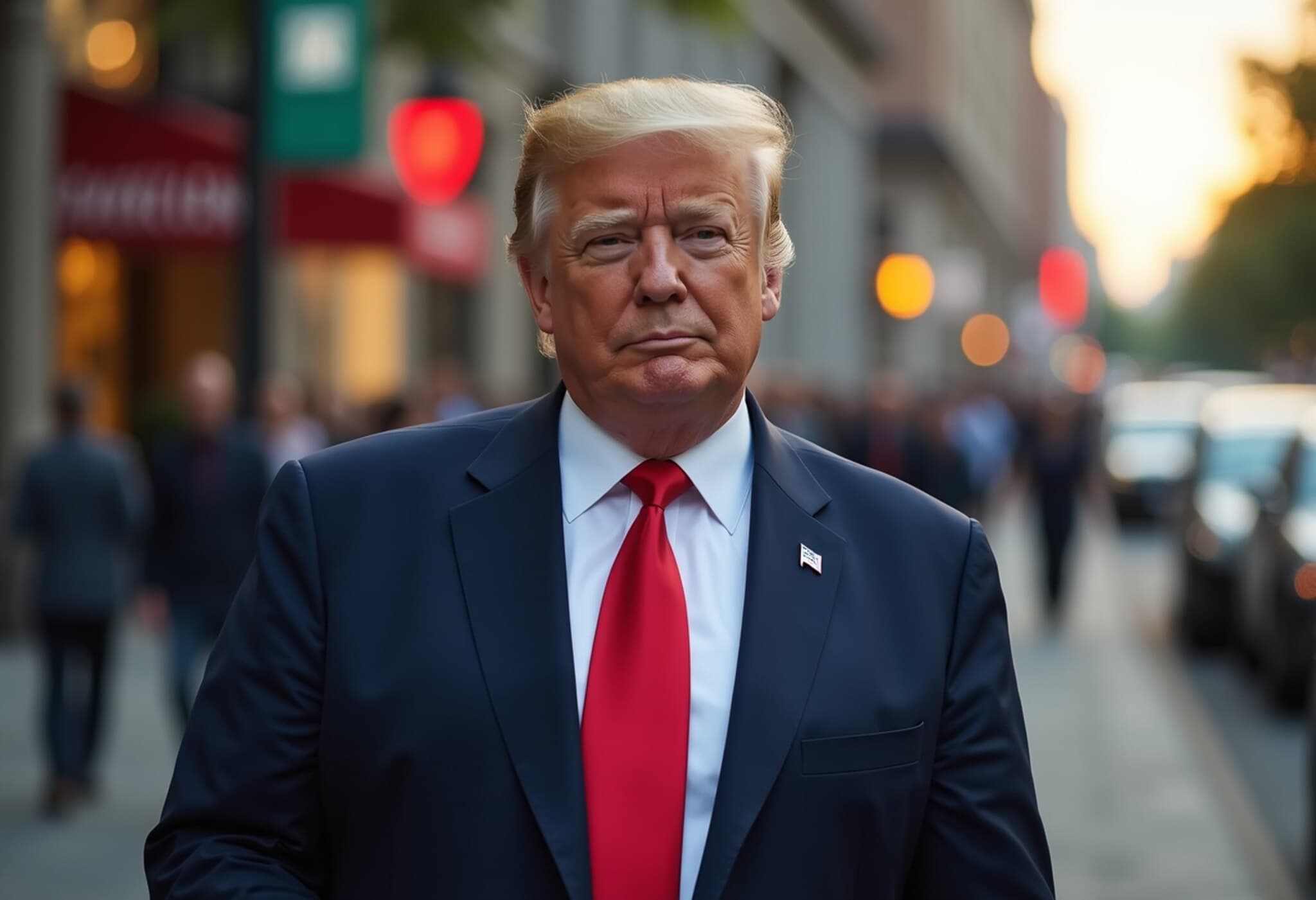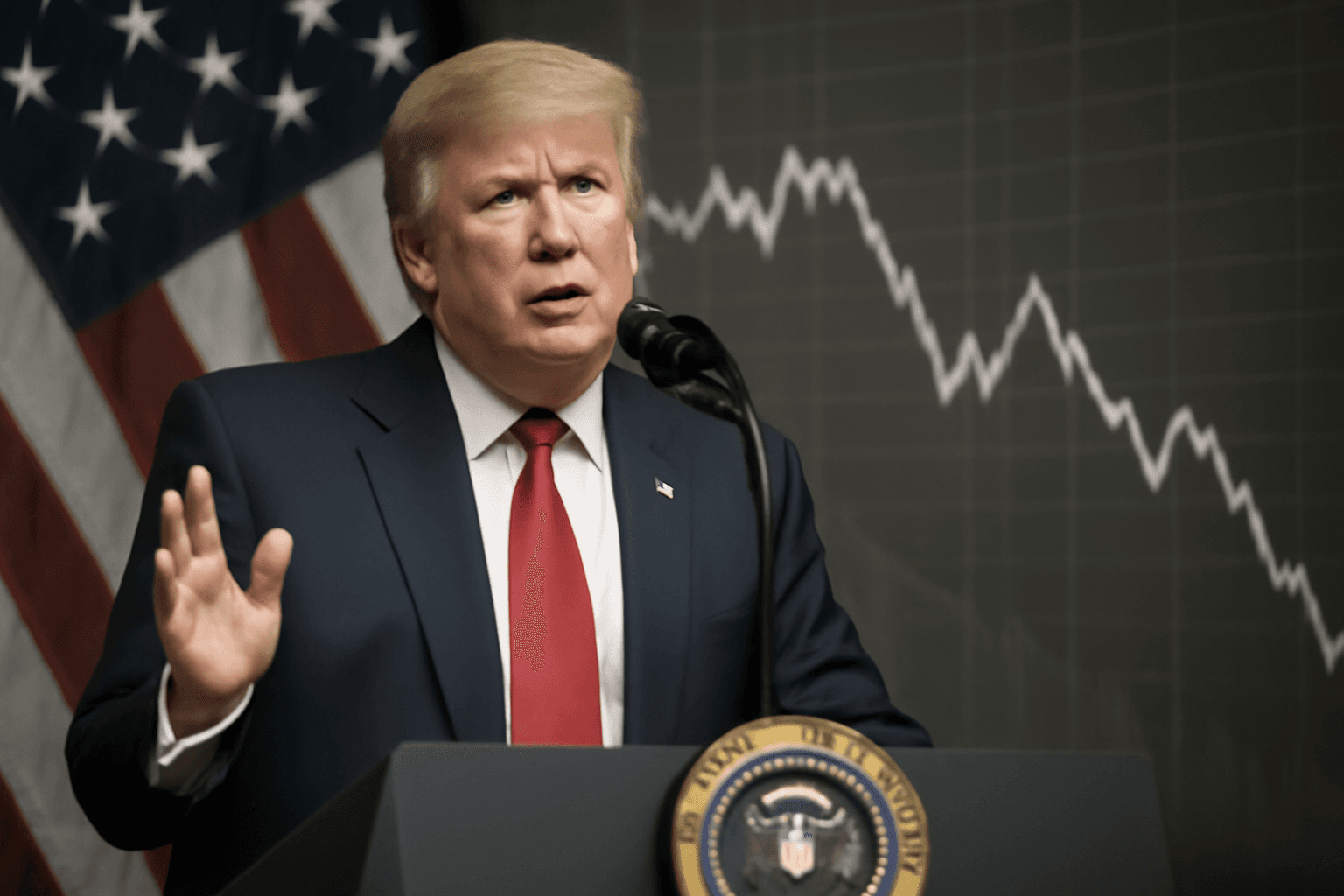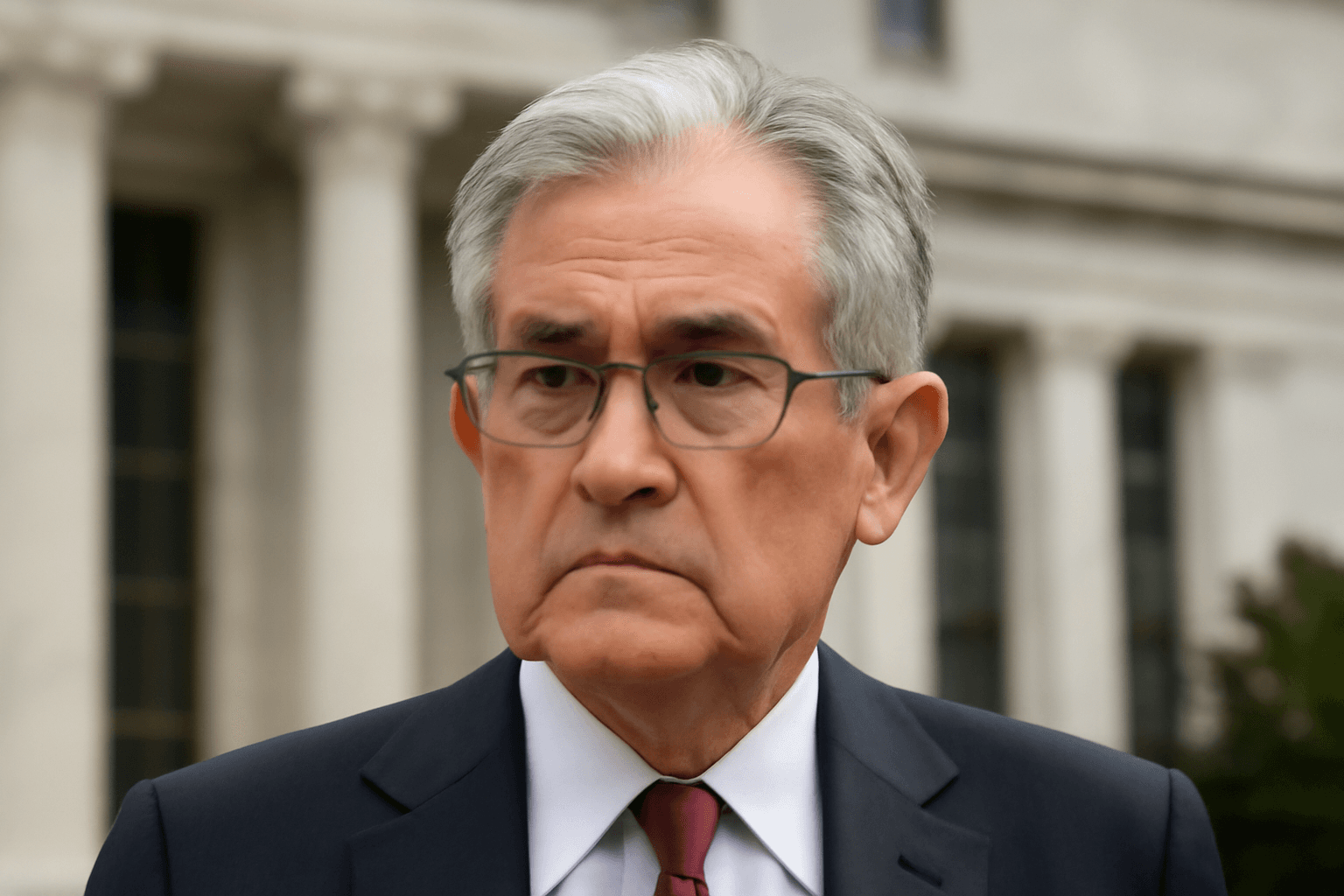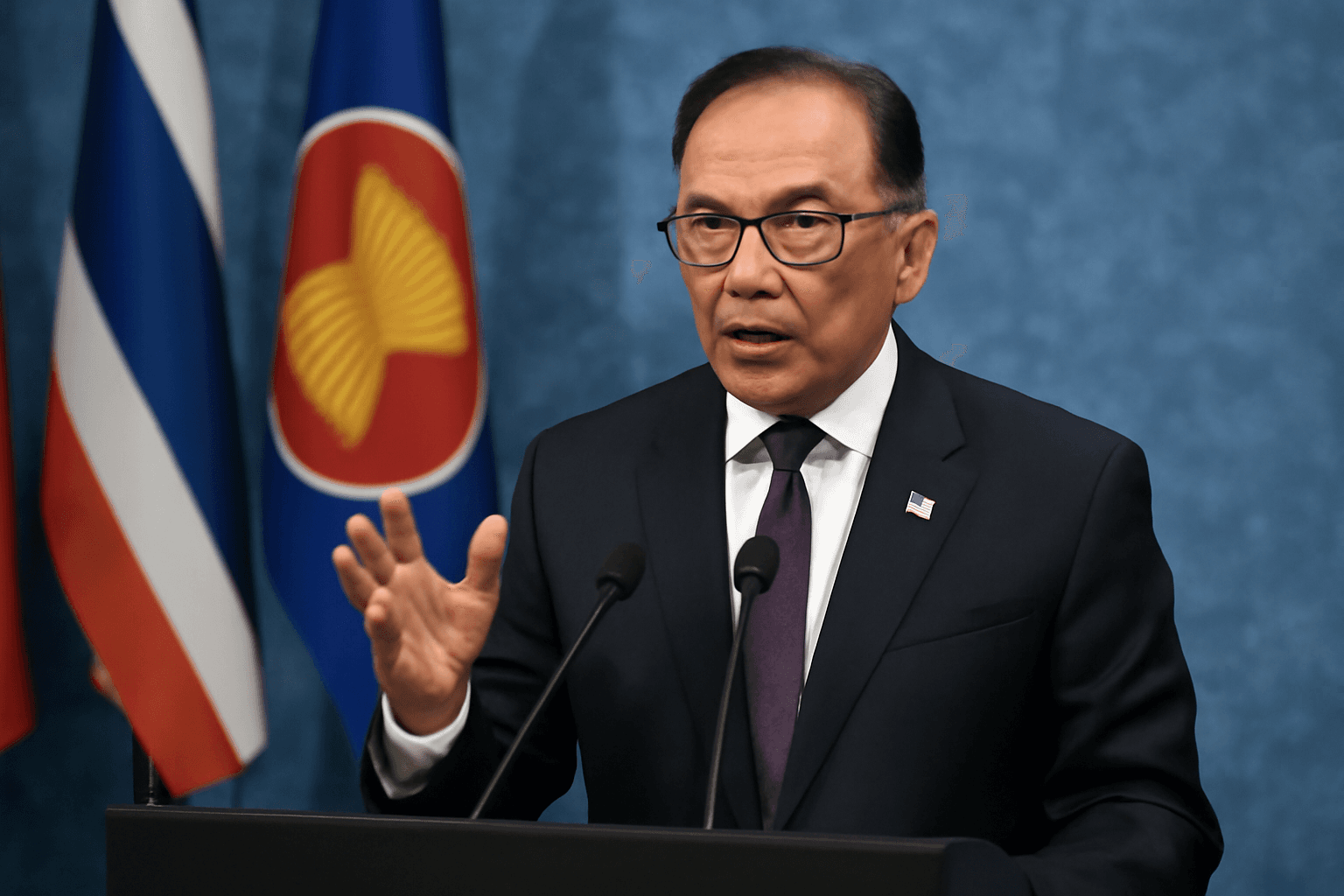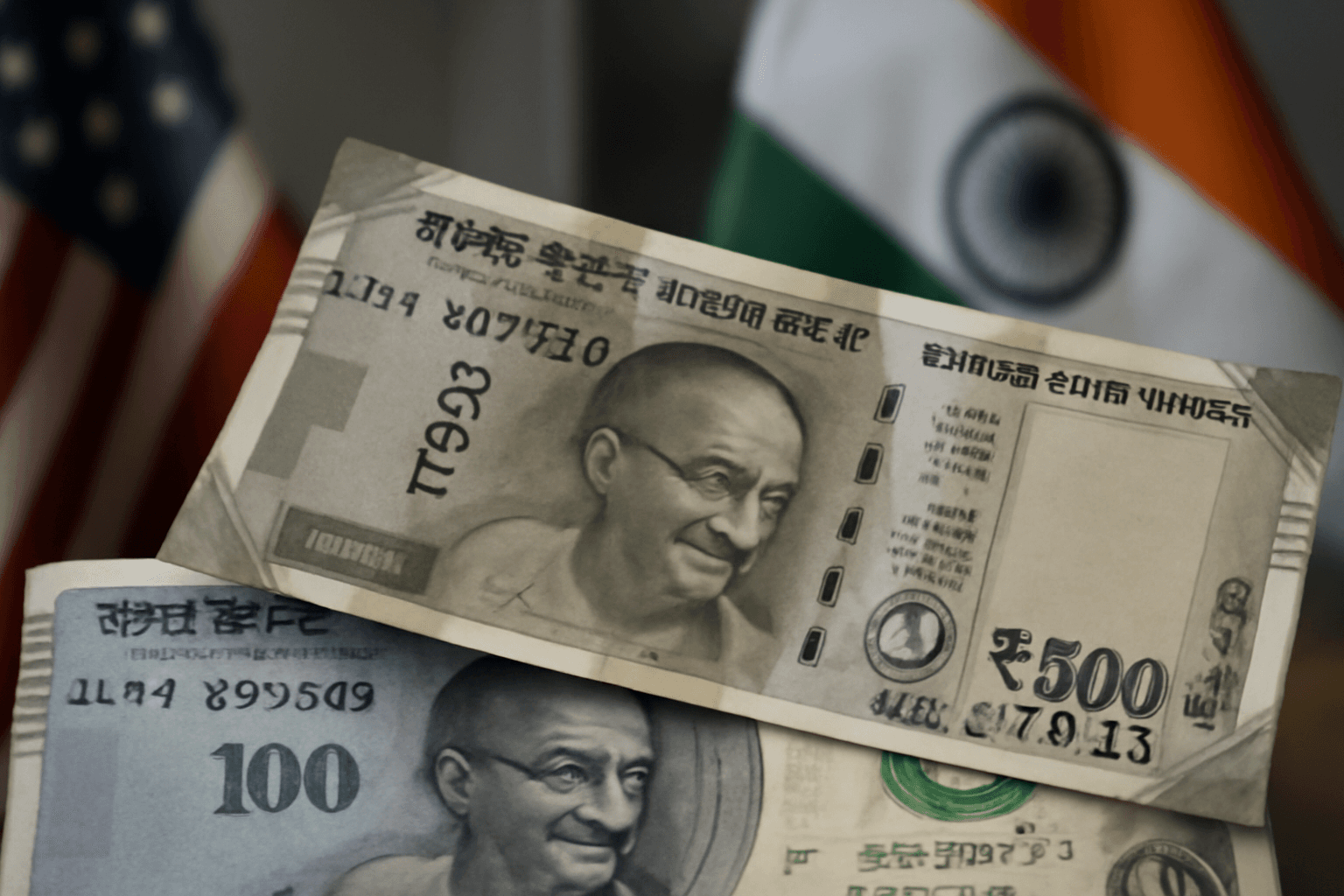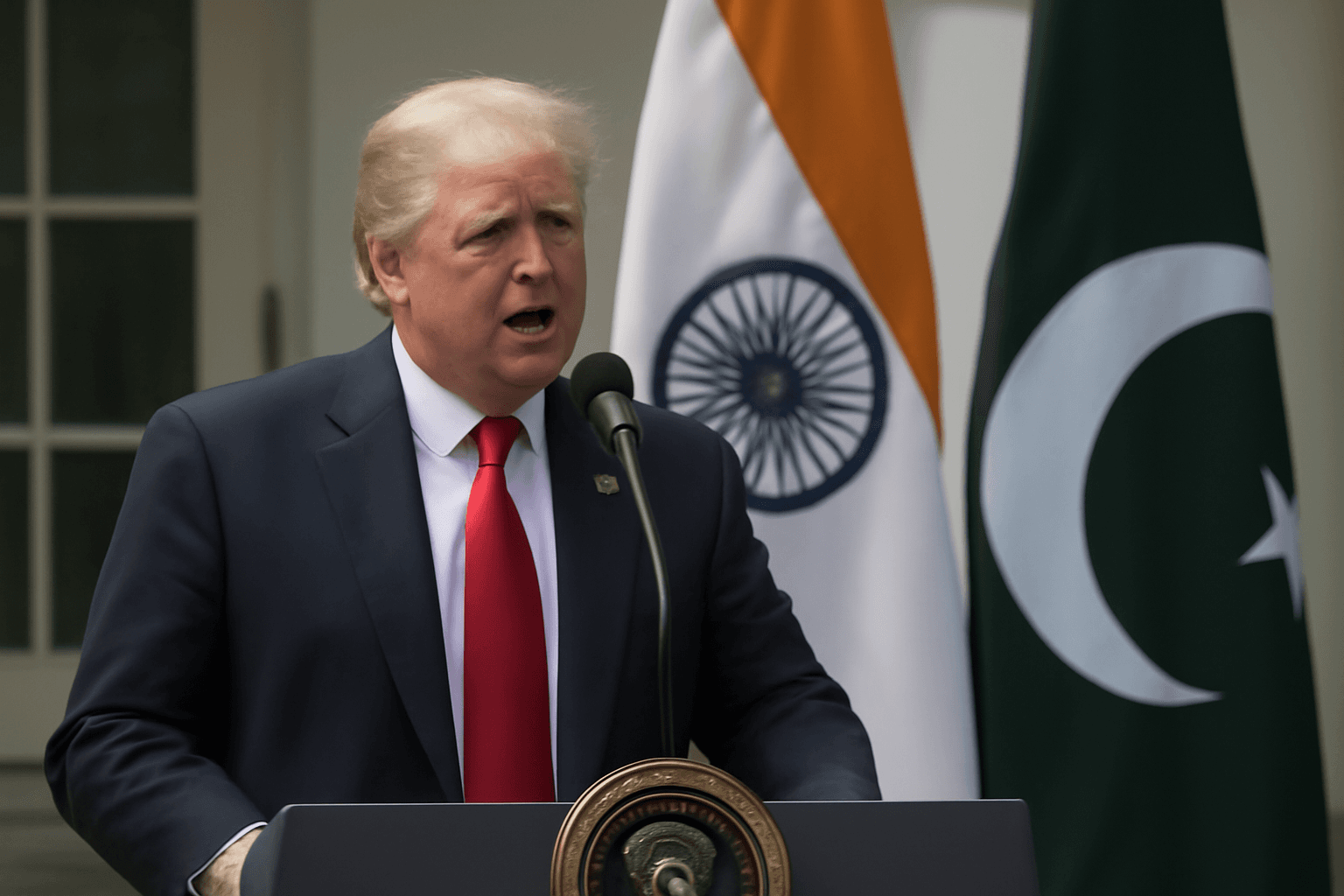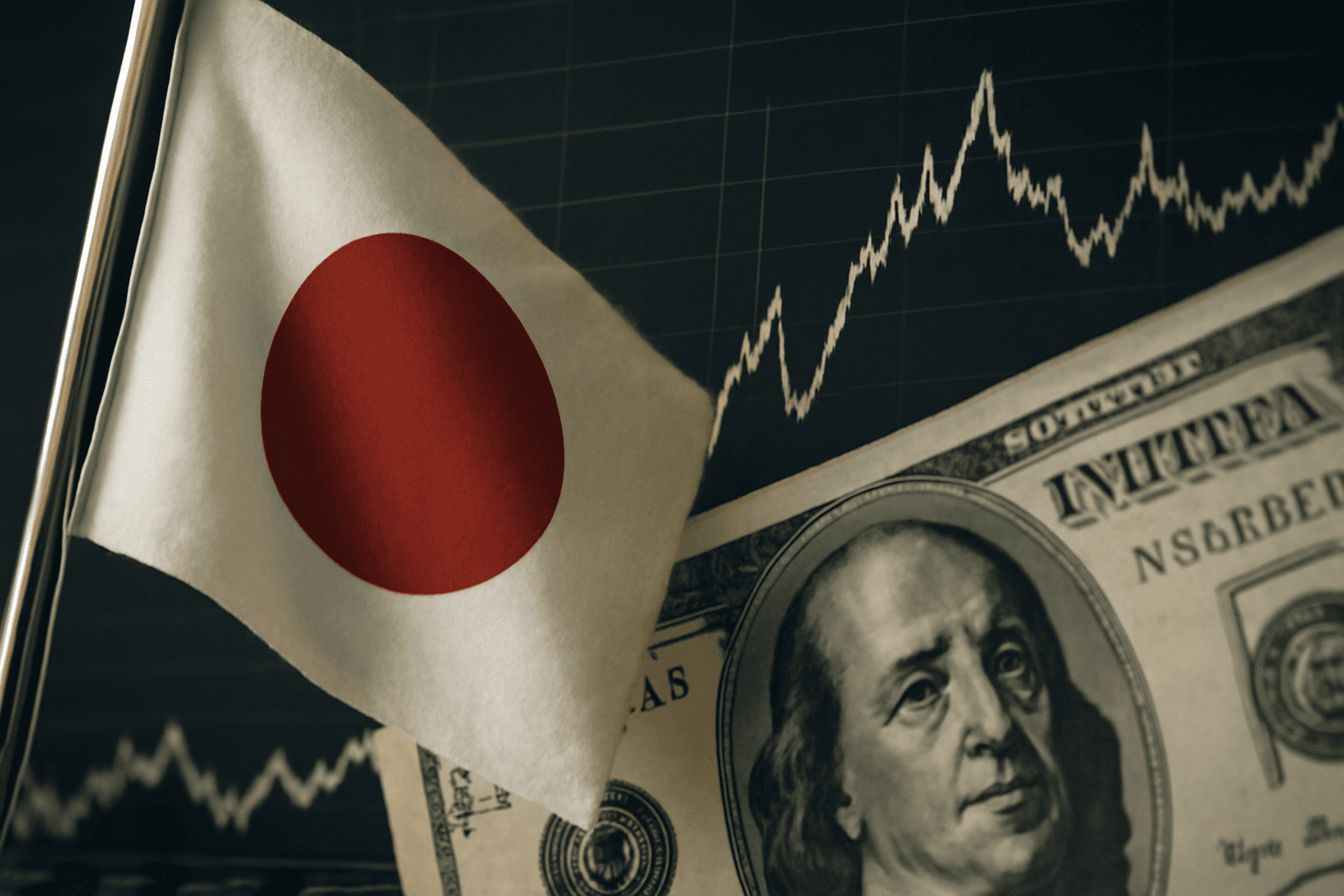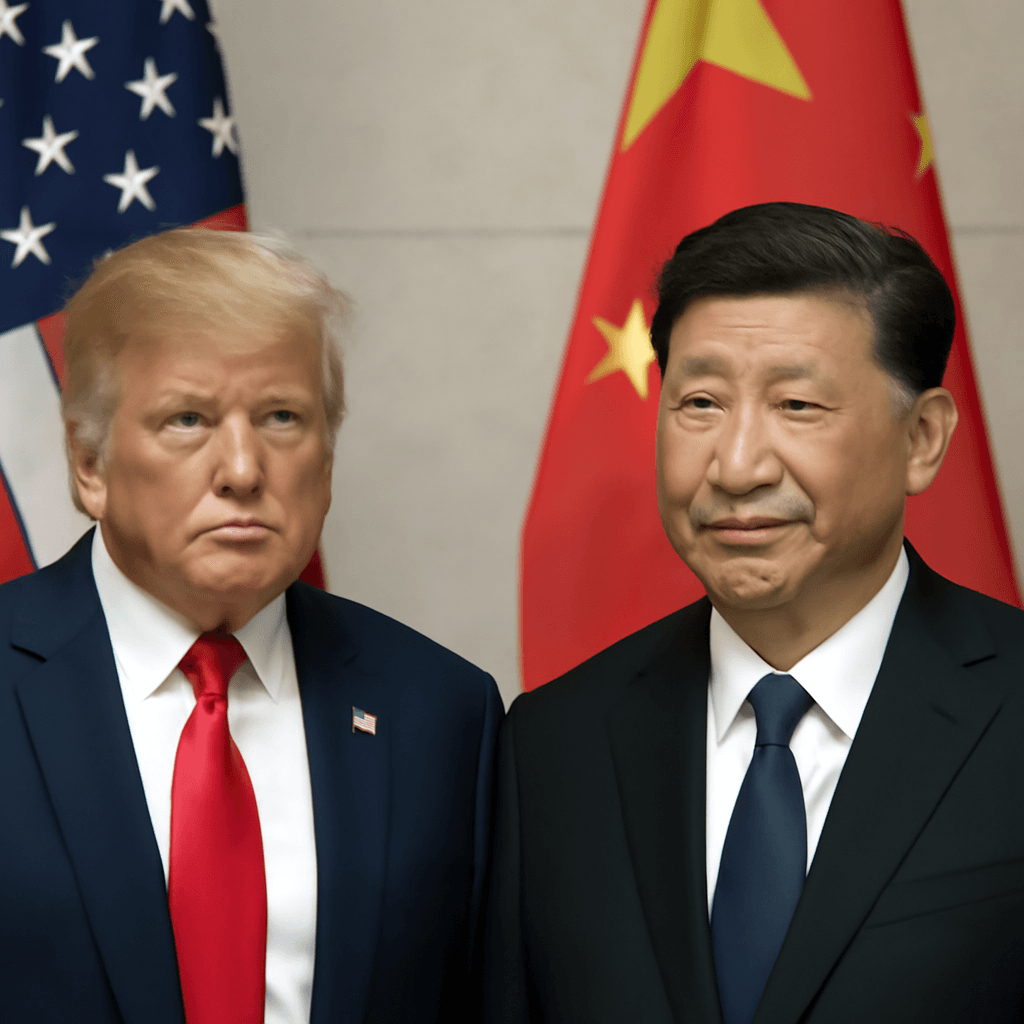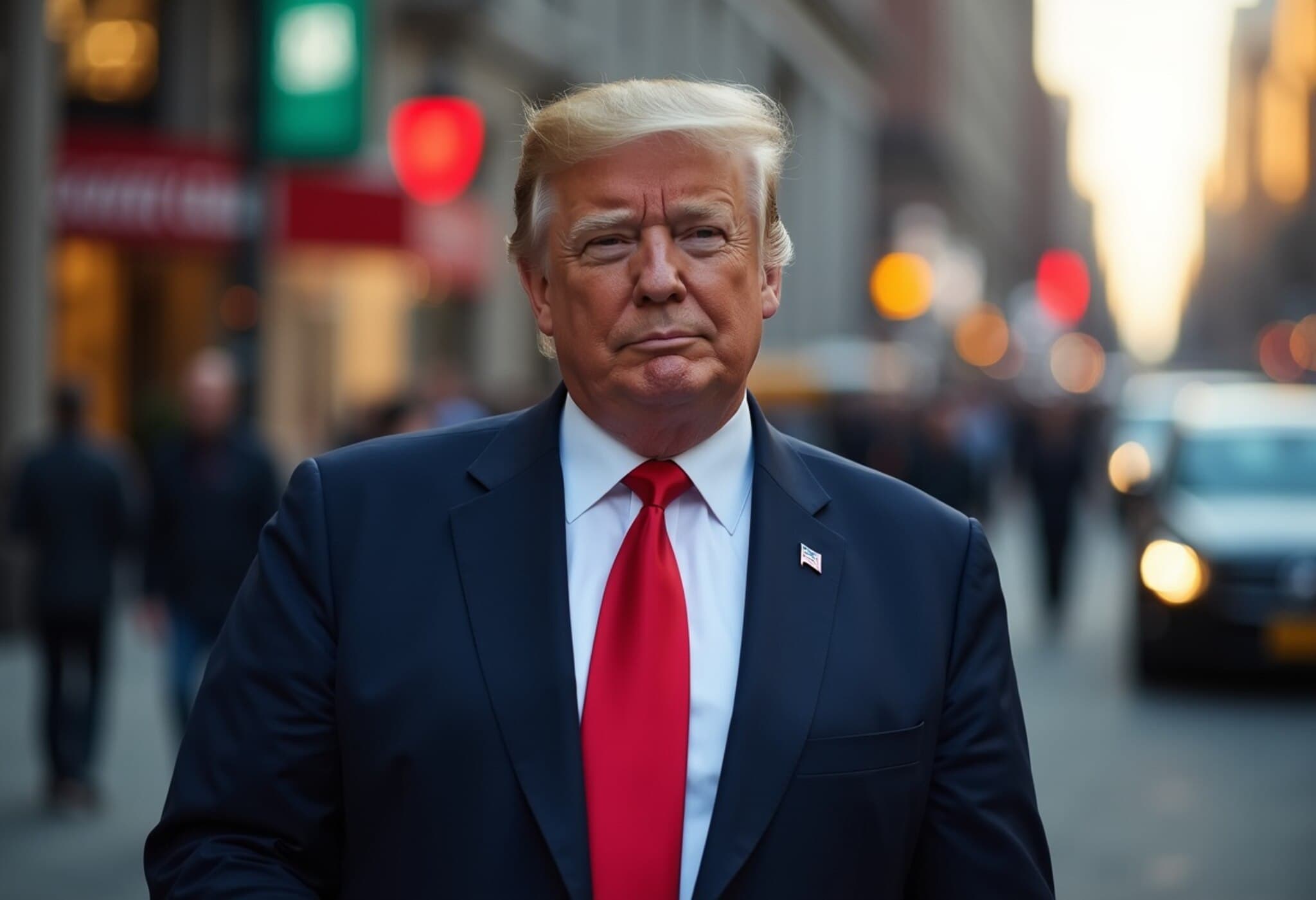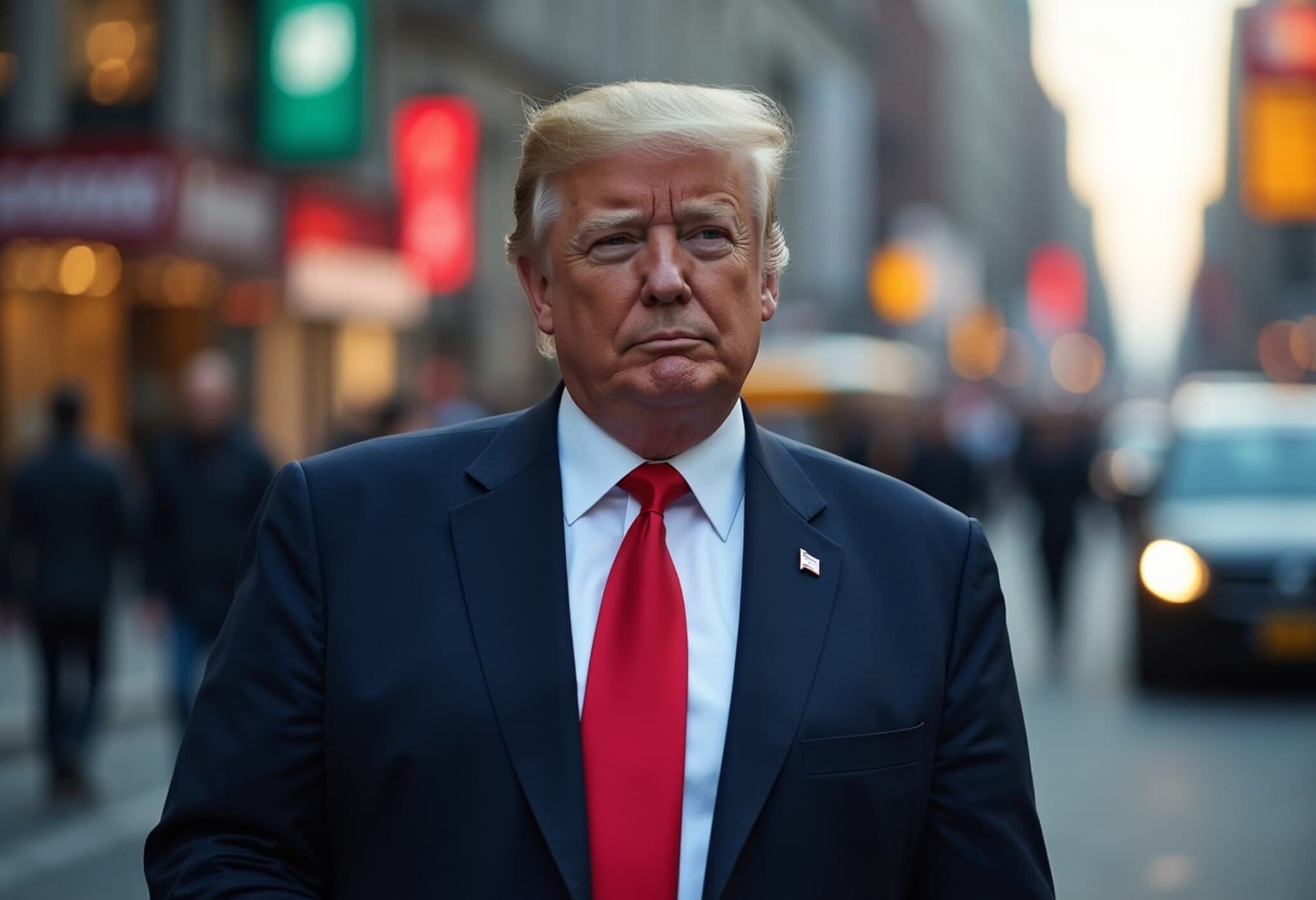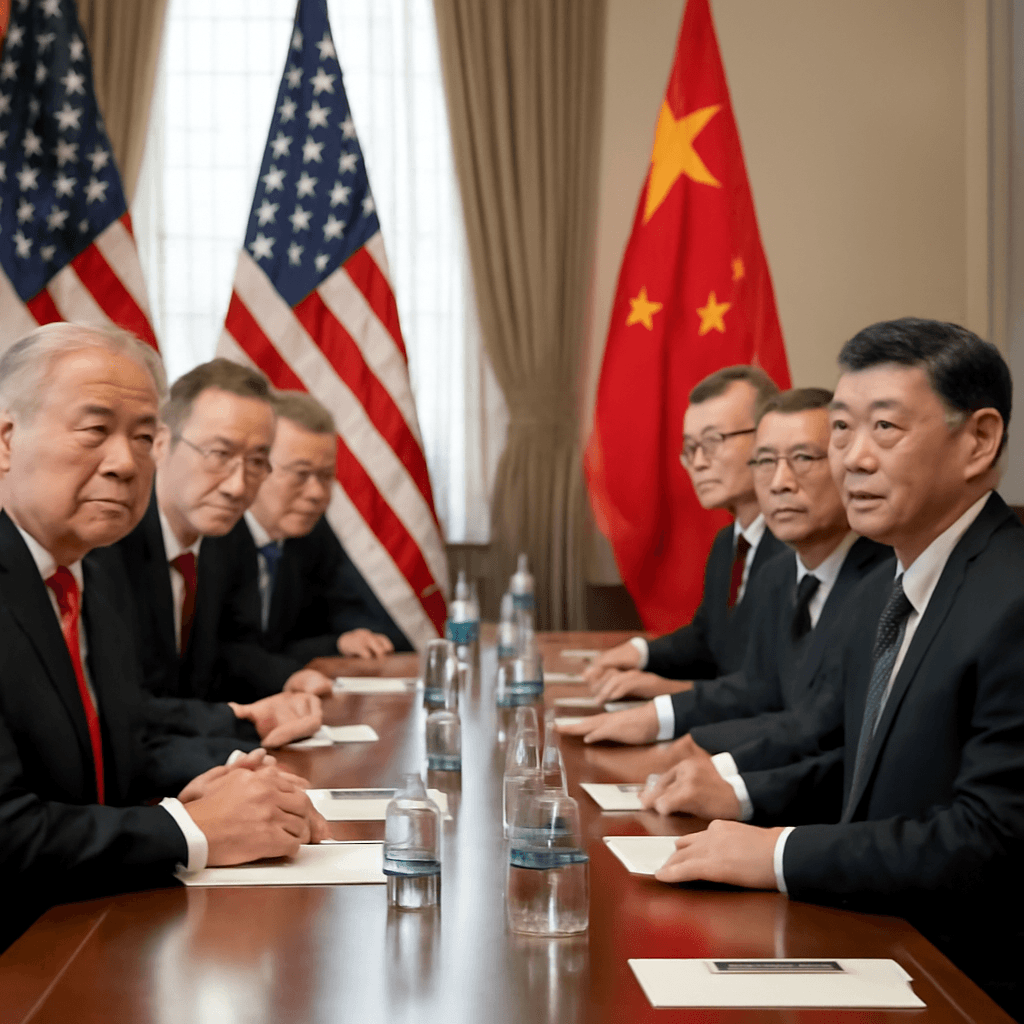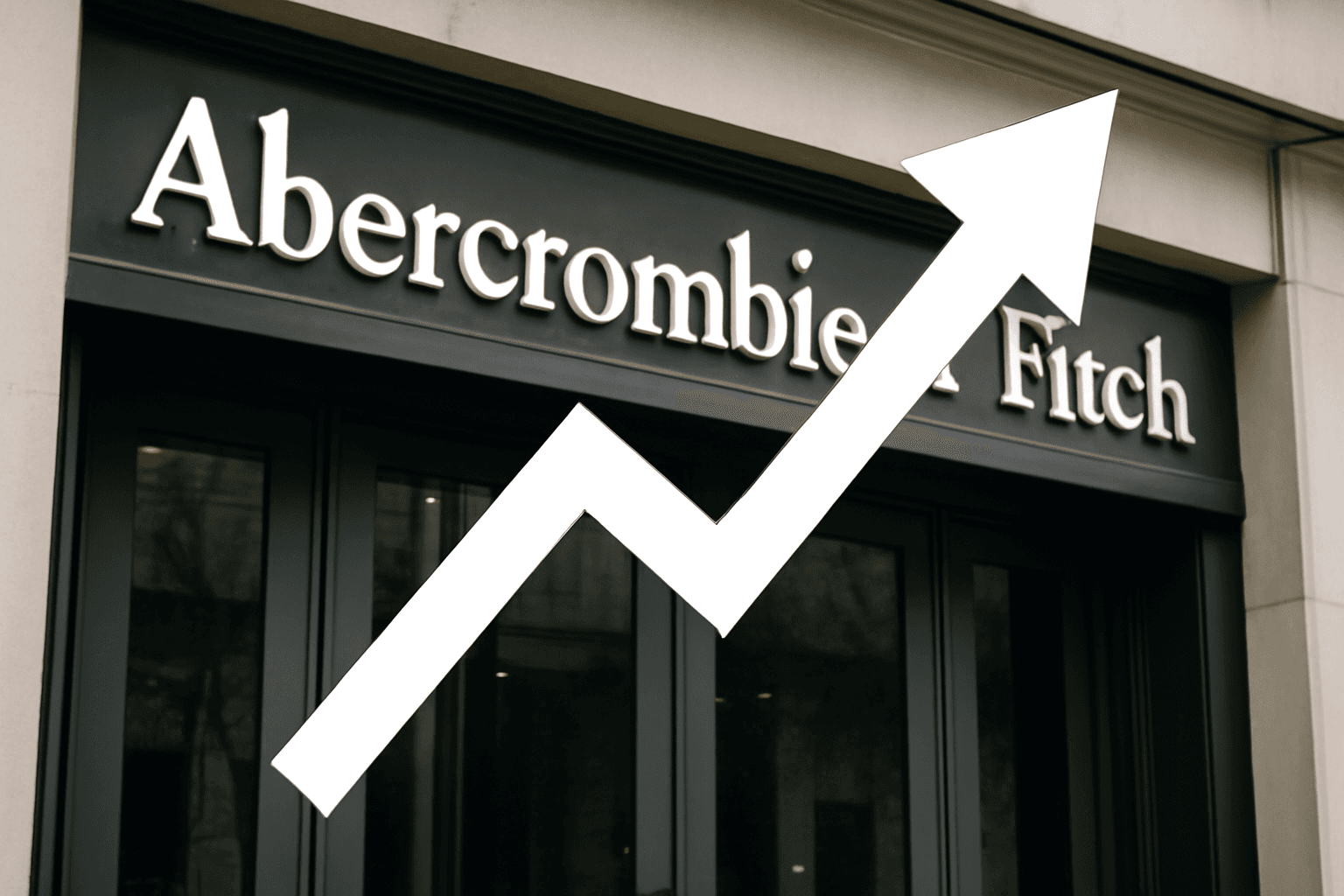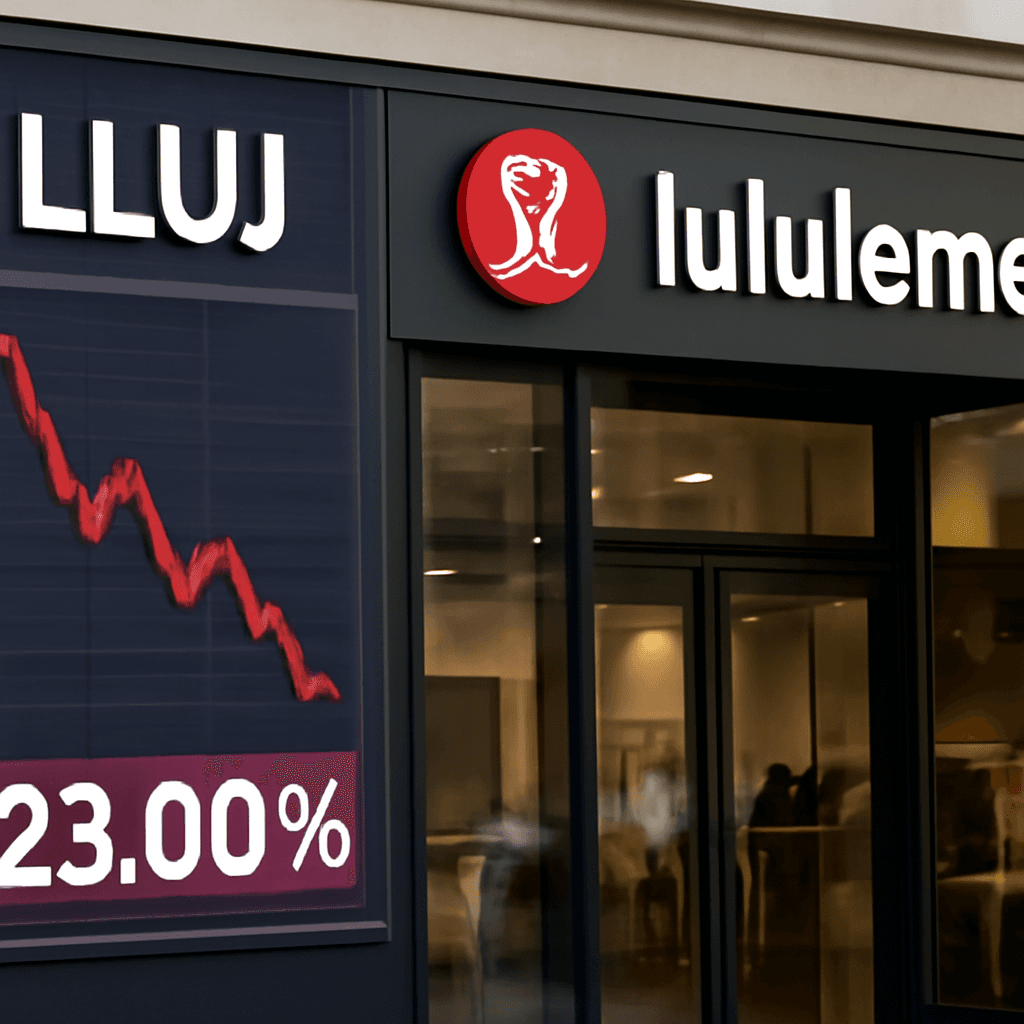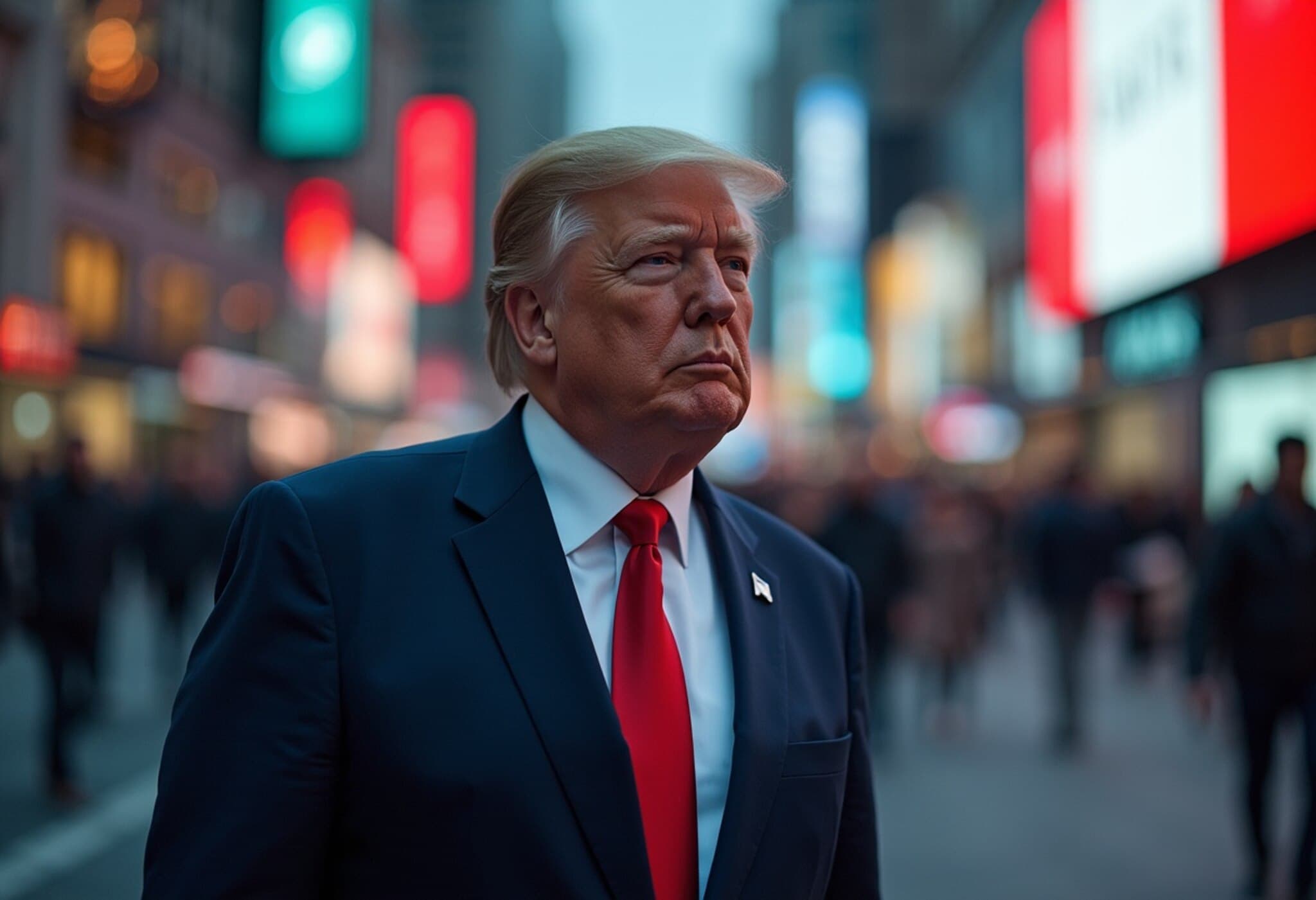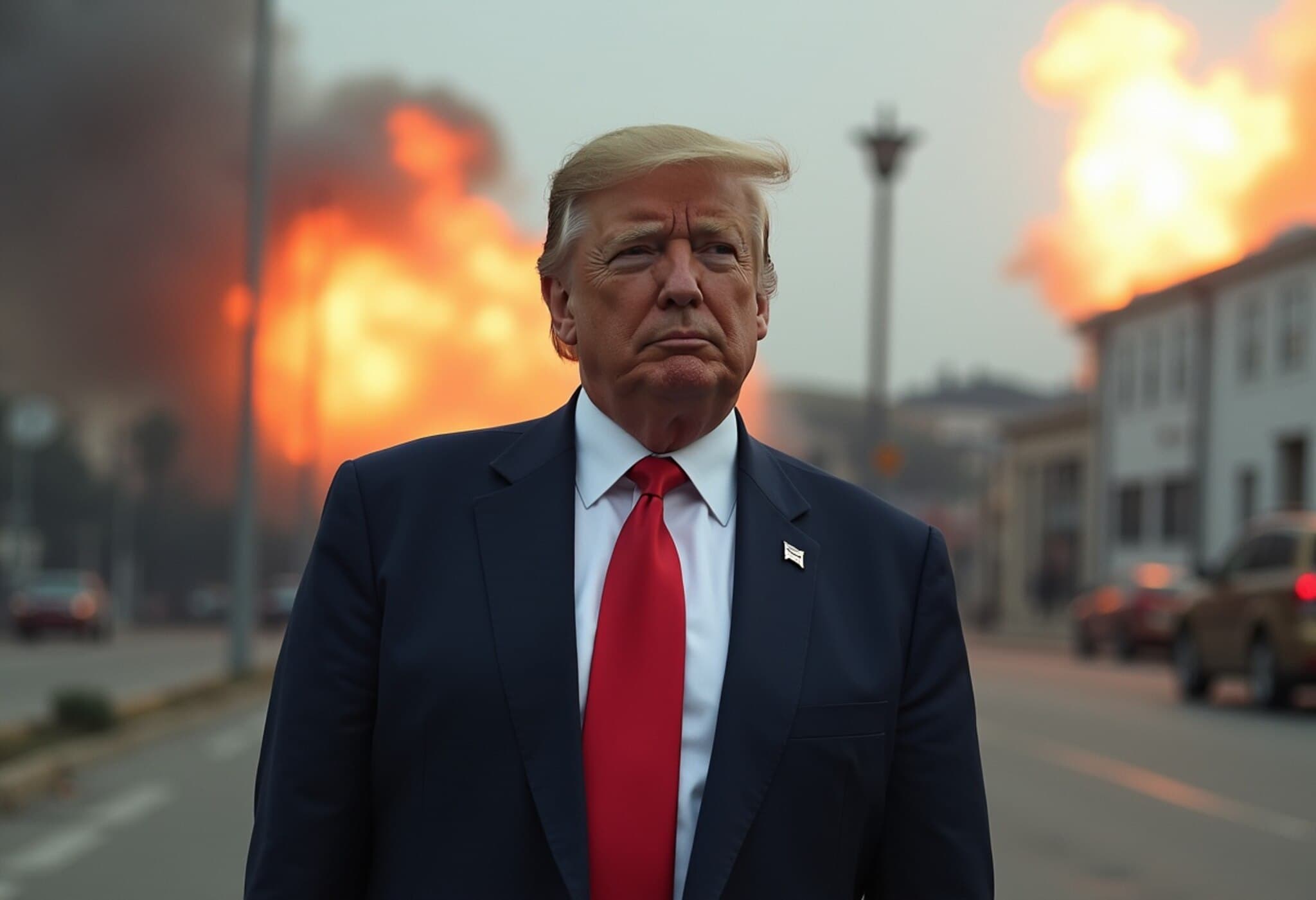Trump’s Tariff Letters: Dramatic Tone, Familiar Message
In a move that initially seemed poised to shake global markets, U.S. President Donald Trump sent letters to the leaders of 14 countries warning of new tariffs set to take effect on August 1, 2025. These letters, brimming with bold language and steep tariff percentages ranging from 25% to 40%, have sparked fresh tension amid international trade discussions.
Yet, beneath the fiery rhetoric, the details suggest a restatement rather than a revolutionary change in U.S. trade policy. The tariffs largely mirror earlier announcements made back in April, and their effective implementation remains uncertain. As one expert put it, the exact differences and impacts remain murky even to seasoned analysts.
What Do the Letters Really Mean?
Trump’s letters convey a clear message: negotiate a trade deal with the U.S., or face significant tariffs on imported goods. Yet the ambiguity surrounding enforcement dates and affected sectors keeps markets guessing. Trump himself maintained a firm stance: “The tariffs are going to be the tariffs,” he asserted in a recent interview, emphasizing the inevitability of these duties despite ongoing negotiations.
Trade tensions like these are far from new, but they underscore the unpredictable landscape businesses and investors navigate today. The letters serve as a reminder of the geopolitical chess game underpinning global trade, where tariffs become powerful negotiation tools.
Market Ripples: Winners, Losers, and Caution Ahead
- Steep Tariffs Impact 14 Nations: Key U.S. trading partners including Japan and South Korea are facing import duties of 25%, adding pressure on industries and supply chains.
- Markets React Sharply: Major U.S. stock indexes plunged, recording their worst day in nearly a month amid fears over escalating trade tensions affecting economic growth.
- Tesla’s Market Value Takes a Hit: The electric vehicle giant saw its shares slump 6.8%, wiping out over $68 billion in market capitalization following CEO Elon Musk’s announcement regarding production challenges.
- Samsung Electronics Warns of Profit Slump: The South Korean tech titan forecast a dramatic 56% drop in second-quarter operating profits, considerably underperforming analyst expectations.
- Analysts Urge Prudence in China Investments: Despite long-term opportunities, financial experts recommend conservative positioning in China’s technology sector amid persistent uncertainties.
Unexpected Spotlight: Laopu Gold’s Overseas Surge
Amid the turbulence, a bright spot emerges in the retail sector. Chinese jeweler Laopu Gold opened its first store abroad in Singapore, right next to the iconic Marina Bay Sands casino. The reception was overwhelmingly positive, with shoppers enduring wait times of up to two hours. This expansion follows impressive 166% sales growth in China last year, fueling a stock price surge of over 2,000% since their 2024 initial public offering.
Context and Insight: Why This Matters
This episode illustrates the complex dynamics of trade policy under President Trump—where bold communications are paired with strategic recalibrations. For investors and businesses, the key takeaway is to carefully parse headlines from underlying facts to avoid reactionary decisions.
From an American policy perspective, such tariff strategies aim to bolster domestic industries by pressuring trade partners but risk retaliatory measures and market volatility. The consequences ripple beyond borders, affecting global supply chains, corporate earnings, and consumer prices.
Critical Questions Moving Forward
- Will tariffs push impacted countries toward meaningful trade agreements, or deepen economic hostilities?
- How will American companies and consumers absorb potential cost increases triggered by these tariffs?
- What measures can investors take to navigate the uncertain terrain shaped by shifting trade policies?
Editor’s Note
President Trump’s latest tariff letters showcase the enduring tug-of-war between trade diplomacy and economic strategy. While the dramatic tone captures headlines, the practical implications appear consistent with past stances, leaving markets and policymakers in a state of cautious watchfulness. Investors should remain vigilant, balancing responsiveness with informed skepticism as global trade tensions evolve.
Understanding the nuanced dance between political signaling and market realities is essential to deciphering such announcements. As this story unfolds, it serves as a critical case study in the interplay between policy communication, investor psychology, and economic fundamentals.

